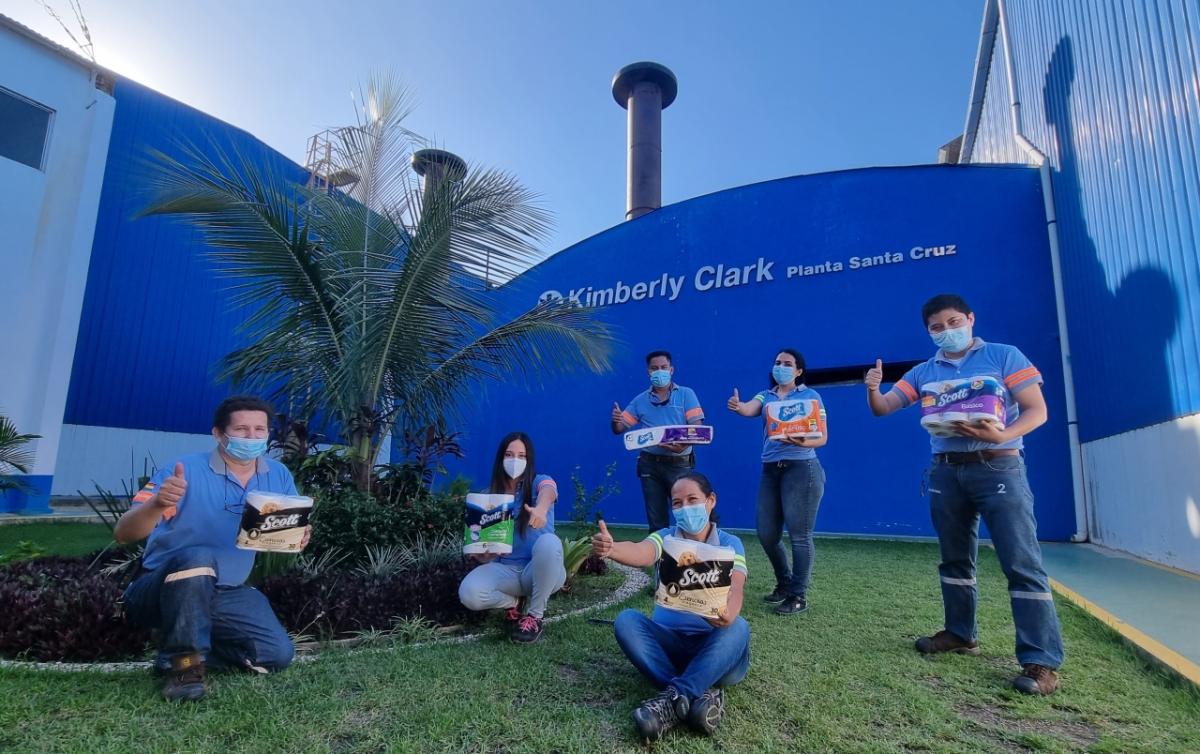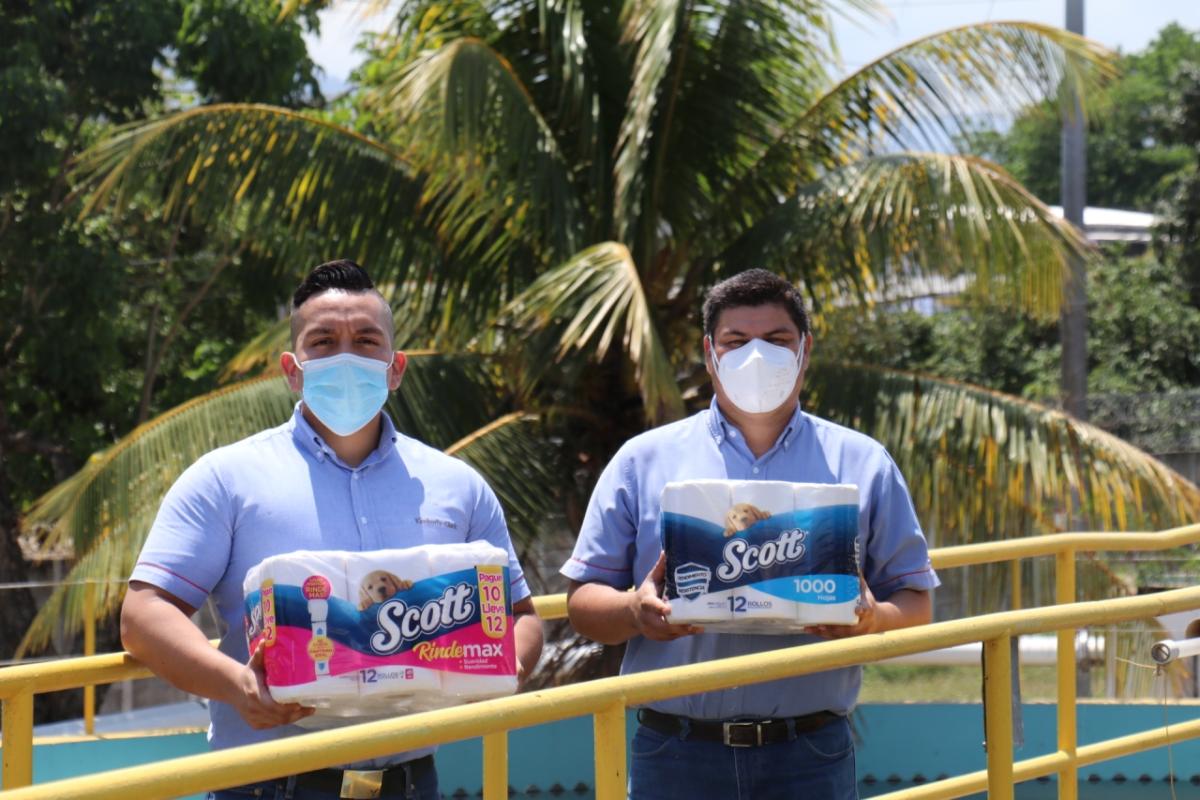Kimberly-Clark Facilities in Latin America Achieve Water Savings Equivalent to Filling Over 500 Olympic-Size Swimming Pools
Water conservation is critical to Kimberly-Clark’s sustainability goals as it works to uplift 1 billion lives in underserved communities around the globe in the next decade, and the company aims to reduce its water footprint by 50 percent in water-stressed regions by 2030. As of 2021, Kimberly-Clark used over 34 percent less water at its facilities in water-stressed areas than it did in 2015.
In support of Kimberly-Clark’s water footprint goal, two of the company’s manufacturing facilities in Latin America have dramatically reduced the amount of water they use to produce Scott® bath tissue and paper towels along with Kleenex® facial tissue.
Kimberly-Clark’s facility in Santa Cruz, Bolivia has reduced its water usage by more than 86 percent since 2015. Water savings at this facility are enough to fill more than 86 Olympic-size swimming pools.
Similarly, Kimberly-Clark cut its water usage by 68 percent since 2015 at its facility in Sitio del Niño, El Salvador, and water savings at this facility are enough to fill more than 500 Olympic-size swimming pools.
“Caring for the planet is part of how we live our values at Kimberly-Clark, and we are pleased that we have achieved meaningful water savings at these manufacturing facilities, among others around the globe,” said Vetrivel Dhagumudi, the company’s global water program leader. “We continue to invest in water-saving measures at our facilities to minimize our environmental impact and deliver our purpose of Better Care for a Better World.”
The Santa Cruz and Sitio del Niño facilities are constantly focused on finding ways to reduce, reuse and recycle water. In order to achieve their notable water savings, the multi-step process began with an extensive audit to identify easy fixes, such as leaks, as well as opportunities to retool individual machines to use less water.
In addition, new short-loop recycling systems with high-quality filtration enabled the plants to reuse more water instead of discharging it. The teams also upgraded the facilities’ own wastewater treatment plants so they could recycle more water back to the facility.
Raising the water consciousness of employees played a key role as well.
“The culture has changed because we did a lot of training to make people more ‘water aware,’” said Susana Sierra, the environmental coordinator for Kimberly-Clark’s facility in Sitio del Niño, a region that experienced its first water shortage in history in 2016.
“Now, employees are empowered with water management,” she added. They will immediately report an issue like a dripping faucet, and we find a solution very quickly. Also, we leverage continuous improvement tools like Lean Six Sigma to help conserve this precious resource.”
This all contributes to the company’s global goal to cut its environmental footprint in half by 2030 in the areas where it can make the biggest difference – water, forests, climate and plastics.
“We are really proud that we are minimizing our environmental impact and reducing water usage in a meaningful way,” said Alejandro Lechin, the environmental, health and safety manager at the Santa Cruz facility. “We are celebrating Kimberly-Clark’s 150th anniversary this year, and we want to continue this legacy of sustainable growth for the next 150 years and beyond.”



